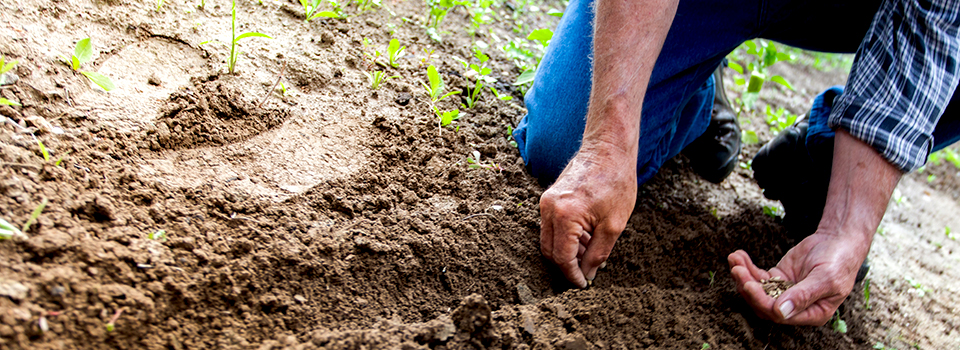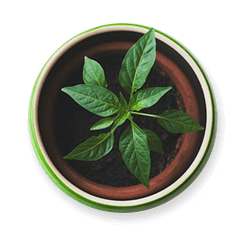A Few Words
About trefo wood vinegar
about
process of trefo wood vinegar
Wood vinegar is produced through traditional pyrolysis method from charcoal production.
Rhizophora aciculate mangrove wood species is placed inside traditional kiln made by bricks, clay, fine sand and water.
The first process is big fire. The mangrove woods is heated in the absence of oxygen for 10-12 days.
Second process is small fire, which is the process that we collect wood vinegar. Condensation process to collect liquid wood vinegar from heat vapour when temperature reach around 83 degree to maximum temperature of 240 degree. The heat vapour will flow upwards from the holes of kiln to steel pipes, vapours then cool down at the top and wood vinegar is collected. The duration of second process is around 15 days.
The raw wood vinegar will put in a rubber tank, leave it for 3 months. The color of wood vinegar will turn from dark red to golden red, as the residue, tiny particles and tarpon oil and tar will differentiate into layers.


Components of wood vinegar in agriculture
Main components of wood vinegar are acetic acid and methanol. Other components are acetone, methyl acetone, acetaldehyde, ally I alcohol, furan and furfural, and formic, propionic and butyric acid. The solution contains more than 200 natural compounds such as organic acids, minerals and other complex organic compounds found only in plants for example magnesium, sulphur, phosphorus, calcium and potassium along with micro-nutrients.
Since the components of wood vinegar are naturally organic, it contains none of the poisonous or toxic ingredients of some similar chemical products. The product presents no health risks to the end user and is a naturally effective product.

